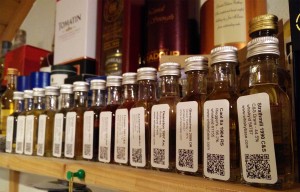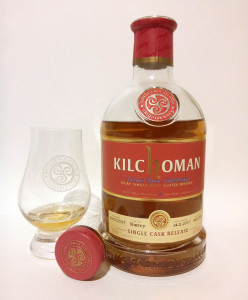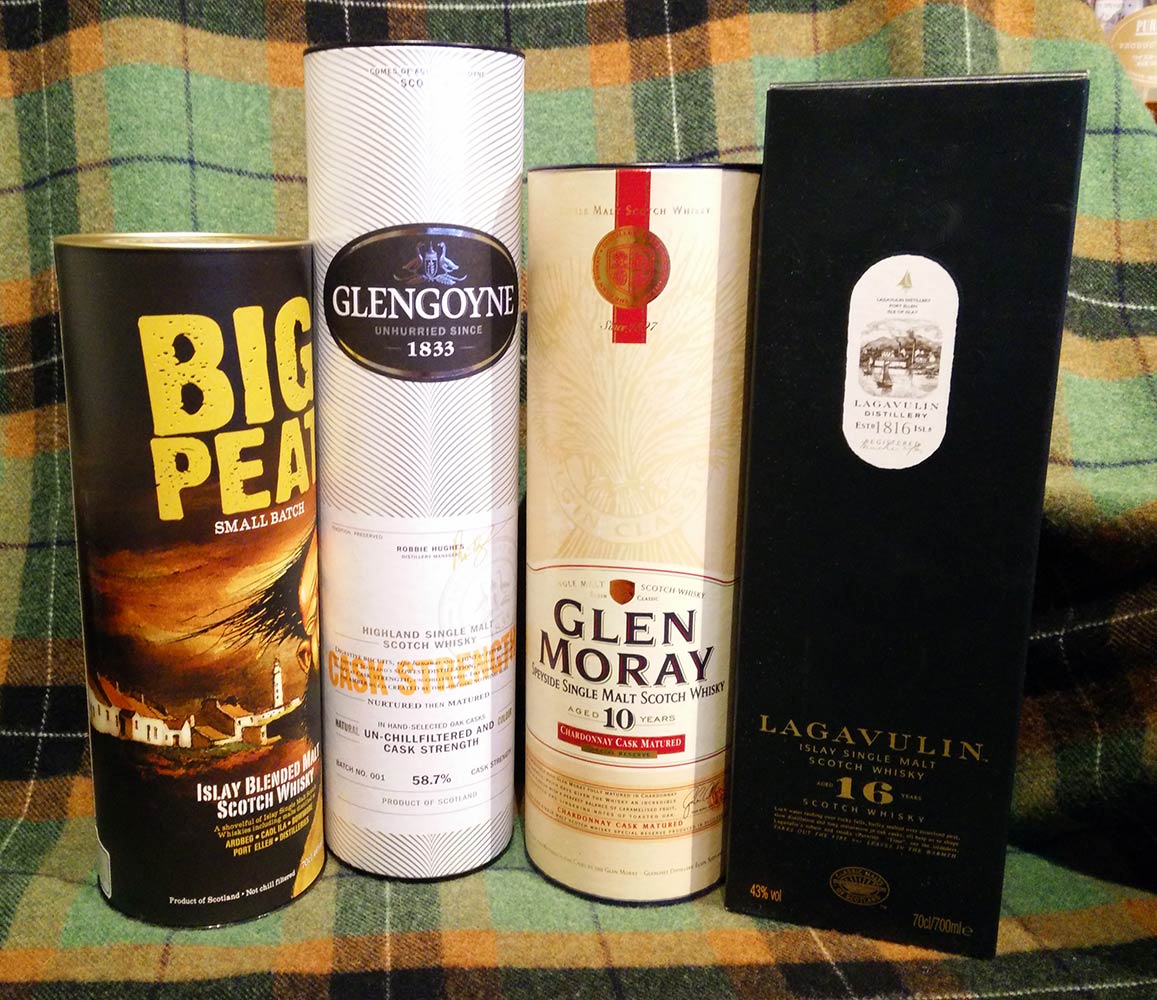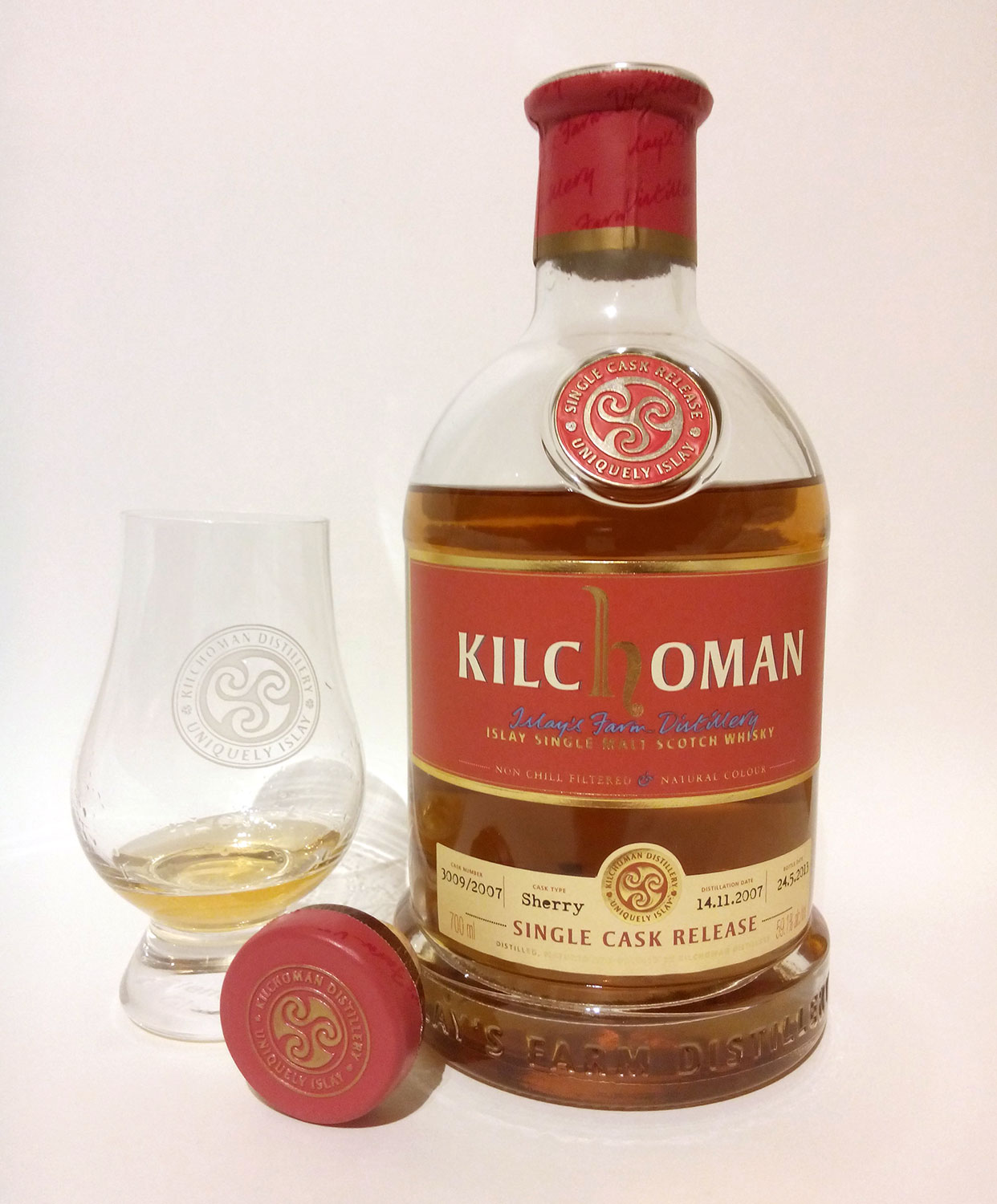One statement most of us will have heard – or even mentioned ourself is: “If there’s no age statement on a bottle, it’s 3 years and a day old”. Because that’s the legal minimum a whisky has to mature in oak barrels to be called Scotch Whisky – regardless of it being a blend, blended malt or single malt. But is said statement true? How old is the majority of Scotch when it is bottled and how much is allowed to mature for double-digit years? How do production and sales numbers compare? Lucky for us the Scotch Whisky Association (SWA) publishes yearly reports with numbers to crunch and relate. The downside is, the publicly available detailed reports only range from 2009 till 2013, with the 2014 data expected in the fall of 2015. While not ideal it’s better than nothing and with lots of calculations and spreadsheet magic we’re able to condense the data into more digestible summaries. Continue reading “Scotch Whisky production, warehousing and export statistics number crunching. Or: How old is the majority of Scotch Whisky when it is bottled?”
NAS vs age statement whiskies – what it’s all about

Which side of the “NAS vs. Age Statement” debate are you on? Do you boycot NAS whiskies? Do you buy everything you find tasty regardless of what it (doesn’t) say on the bottle? The heated arguments have been cooking for quite a while now and I’ve been meaning to write a blog post about this minefield for quite some time. I’m a bit late to the party, I know, but I really wanted to make a post painting the whole picture about the topic. In case you’re new to the scene: “NAS” stands for “no age statement” whiskies.
1. Why NAS Whiskies?
First and foremost: Whiskies without an age statement on the label are not a new thing. In the area of blended Scotch they make up the vast majority and have been on the market ever since the first Scotch was bottled (or sold by the barrel to the consumer in times long gone). As far as Single Malt Scotch Whiskies are concerned, we’ve had a long timespan now where almost every bottle carried an age statement and the marketing people wanted us to believe that older is better (and thus has to be oh so much more expensive). But there have been NAS whiskies long before the current flooding of the market. I’m thinking about Ardmore Traditional Cask, the Springbank/Longrow/Hazelburn C.V. mixed-vintage bottlings (now replaced by similarly good NAS bottlings) or Laphroaig Quarter Cask. These are just three examples of whiskies without an age statement that offer(ed) a quality product at an affordable price point and there are many more. Continue reading “NAS vs age statement whiskies – what it’s all about”
Building your own whisky library

We all know the feeling: We’ve gone down to the dregs of a great bottle of malt and we wish we could preserve it. Well, why don’t we? It’s actually really simple to do so and there are two ways:
1: Some people always buy three bottles (or more). One to drink, one to keep and one to swap. This is the best case scenario but obviously doesn’t work for everyone given the massive investment, money-wise and in storage space required.
2: Just decant some into sample bottles and build your own archive.
Let’s explore the possibilities of option number two a little further: Continue reading “Building your own whisky library”
On scoring whisky and how I score

When you start tasting whisky you unavoidably encounter the moment when you think about scoring and scores. Do you score whiskies? How do you do it? Can you put scores on something as individual as taste? There are many rating systems I’ve encountered over the years, all of which have their pros and cons. I’ve seen systems using US school marks, some scales from 1-5, 1-20 and different variations of the 1-100 system. There are scores made up of individual sub-scores like Jim Murray does and then there’s those who don’t publish scores at all.
How to choose which whiskies to buy?

A recent tweet by @Girl_Whisky triggered my curiosity and reminded me of a topic I wanted to write about since I started this blog. Her question was:
What is your main reason to buy / purchase a bottle of
#whisky#whiskey ?
My response condensed into the 140 characters allowed in a tweet was:
@Girl_Whisky 1) distillery (if it’s a fave of mine that’s a plus) 2) flavour 3) price … 999) marketing and branding
Well, that was a very short response after all, so let me elaborate on a few points: Continue reading “How to choose which whiskies to buy?”





